Flight Training
Flight Training
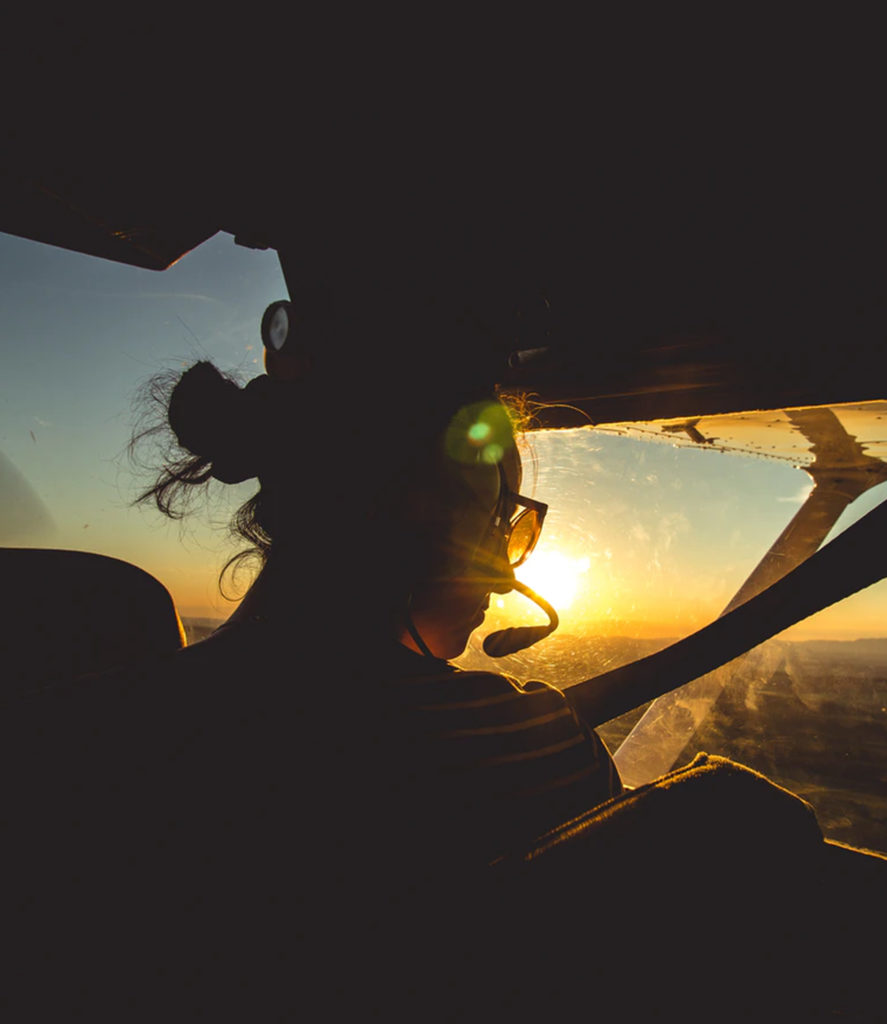

Quality & Professional Training
We would like to thank you for your ongoing interest in our flight training program. Regardless as to whether you are a current student, or just beginning your journey into aviation, Wings Flight Training offers all of the resources needed to be successful in your training.
Below you fill find access to our Chronos portal (for current students), as well as information regarding the licenses and certificates supported by Wings Flight Training and location information for our multiple school locations.
Quality & Professional Training
We would like to thank you for your ongoing interest in our flight training program. Regardless as to whether you are a current student, or just beginning your journey into aviation, Wings Flight Training offers all of the resources needed to be successful in your training.
Below you fill find access to our Chronos portal (for current students), as well as information regarding the licenses and certificates supported by Wings Flight Training and location information for our multiple school locations.
Licenses & Certificates
Licenses & Certificates
Recreational Pilot License
The Recreational Pilot’s License allows you to fly during the day within 50 nautical miles of your airport. It also allows you to carry one passenger and go further from home with certain restrictions. Although less training is required and you can get up to the sky faster, many pilots choose to skip this certification and work directly toward their Private Pilot’s License. But, for enjoying the freedom of flight in your local area, this is a very cost effective option.
- Be at least 17 years old
- Be able to read, speak and write English
- Have a 3rd Class Medical Certificate
- Complete 40 hours of airplane time, including:
- 15 hours of flight instruction with a CFI
- 3 hours of solo flight time
- Pass two tests:
- Private Pilot FAA Written Test
- Private Pilot FAA Checkride
*Some AME’s still prefer paper forms.
Private Pilot License
A Private Pilot License (PPL) is the most sought after type of pilot certification. In the United States, a Private Pilot License is actually called a Private Pilot Certificate and is similar to what a driver’s license is for automobiles. By earning a private pilot license, you can legally fly an aircraft. Private pilots are trained to navigate small aircraft by themselves. Flight training includes aircraft maneuvers, navigation, emergency procedures and cross-country flight planning. While people may seek the license for hobby or sport reasons, a private pilot certification is the first major milestone on the road to becoming a Processional Airline Pilot.
Private Pilot License Requirements
To earn a private pilot certificate, a pilot must:
- Be 17 years of age.
- Read, speak, write and understand the English language.
- Hold a U.S. Student Pilot Certificate, sport pilot certificate, or recreational pilot certificate
- Have a current Medical Certificate
- Learn more about medical certificates
- Find an FAA Aviation Medical Examiner
- Fill out the required form online*
- Receive flight training and a logbook endorsement from an authorized instructor.
- Meet the aeronautical experience requirements for the aircraft rating sought.
- Pass a practical test for the aircraft rating sought.
Reference 14 CFR §61.103 for a complete listing of all requirements.
Aeronautical Experience
According to federal regulations, you must meet the following aeronautical flight experience requirements to earn a private pilot license. At a minimum, private pilot candidates qualified for the practical test will have logged 40 hours of flight time that includes 20 hours of flight training from an authorized instructor as well as 10 hours of solo flight. The training must include:
- 3 hours of cross-country flight training
- 3 hours of night flight training consisting of:
- One cross country flight over 100 nautical miles total distance
- 10 takeoffs and 10 landings to a full stop with each landing involving a flight in the traffic pattern at an airport.
- 3 hours of flight training on control and maneuvering solely by reference to instruments
- 3 hours of flight training with an authorized instructor in preparation for the practical test within the preceding 2 calendar months from the month of the test
- 10 hours of solo flight time consisting of:
- 5 hours of solo cross-country time
*Some AME’s still prefer paper forms.
Instrument Rating
Having an Instrument Rating gives you more versatility and freedom as a pilot since it will equip you with the ability to fly in a wider range of weather conditions. It also provides you with the opportunity to fly in and above the clouds, which is both thrilling and challenging! Your skill level will increase dramatically, your flights will be safer, and you will be able to fly with less unwanted hassle all across the county. This is the logical and rewarding next step for anyone who has their Private Pilot’s License.
Instrument Rating
• Read, speak, write and understand the English language.
• Hold at least a current private pilot certificate, or apply for a private pilot certificate along with their instrument rating
- Learn more about medical certificates
- Find an FAA Aviation Medical Examiner
- Fill out the required form online*
• Receive and log ground training from an authorized instructor or accomplish a home study course for the aeronautical knowledge required for the rating.
• Receive an endorsement from an authorized instructor to take, and pass, the instrument rating knowledge test
• Receive and log the required flight training.
Reference 14 CFR §61.65 for the entire list of eligibility requirements.
Instrument Rating Training Includes:
• Flight Planning and Filing Related to IFR
• Navigation — Departure, En Route, and Arrival Operations for IFR
• Airplane Systems Related to IFR Operations
• Instrument Flight Deck Check
• Air Traffic Control Clearances and Procedures
• Instrument Approach Procedures — Non precision, Precision, Missed, Circling and Landing
• Emergency Operations Related to IFR
• Weather Information
Instrument Rating Requirements
Cross-Country PIC 50 Hours
Instrument Time (Actual or Simulated) 40 Hours
Flight Time From Authorized Instructor 15 Hours
Cross-Country Flight 250 Nautical Miles
With Specific Instrument Requirements to Complete the Flight
Reference 14 CFR §61.65 for more details on flight time requirements.
*Some AME’s still prefer paper forms.
Commercial Pilot License
The Commercial Pilot’s License is perfect for anyone wishing to turn their passion for flying into a career. This license will allow you to be compensated for your piloting skills and provides you with training in order to develop a better understanding of aircraft systems, as well as a high standard of airmanship. A licensed commercial pilot may act as pilot-in-command of an aircraft for compensation or hire, as well as carry persons or property for compensation or hire.
Commercial Pilot License
In order to be eligible for an FAA commercial pilot license, a person must be at least 18 years of age; and be able to read, speak, write, and understand the English language.
- Learn more about medical certificates
- Find an FAA Aviation Medical Examiner
- Fill out the required form online*
Reference 14 CFR §61.123 for the entire list of eligibility requirements.
Requirements
To earn a commercial pilot certificate, a pilot must:
- Hold a Private Pilot License.
- Receive the following logbook endorsements from an instructor:
- Logbook endorsement to take the aeronautical Knowledge Test
- Logbook endorsement to take the Practice Test.
- Pass the following tests:
- Commercial pilot knowledge test (often referred to as a ‘written’ and abbreviated CAX).
- Commercial pilot practical test (also known as a {Checkride}
Reference 14 CFR §61.123 for a complete listing of all requirements.
Commercial Pilot Flight Time Requirements
Total Flight Time 250 Hours
Pilot-In-Command (PIC) 100 Hours
Cross-Country PIC 50 Hours
Instrument Training 10 Hours
Technically Advanced Airplane (TAA) 10 Hours
Reference 14 CFR §61.129 for more details on flight time requirements.
*Some AME’s still prefer paper forms.
CFI/CFII
- Be at least 18 years old
- Commercial Pilot’s License
- Instrument Rating (for CFII Certificate)
- Logbook Endorsement (for CFII Certificate)
- Be able to read, speak and write in English
- Have a 2nd Class Medical Certificate
- Pass two tests:
- FAA Knowledge Test
- FAA Practical Flight Test and Oral Examination
- Reference 14 CFR §61.183 for the entire list of eligibility requirements.
*Some AME’s still prefer paper forms.
Biennial Flight Review
The Biennial Flight Review (BFR) is a required refresher checkout for all pilots every two years. It can be accomplished by spending at least 1 hour on the ground and 1 hour in the air with a qualified CFRI, who will then declare that you are safe and competent to take to the skies for another 24 months. This is usually a relaxes and enjoyable opportunity to show your stuff, as well as to be stretched a bit and possibly run through some advanced maneuvers that you may not have practiced for a while. Acquiring another rating also counts as a BFR and is a great way to improve your flying and become a crack pilot over time!
- Completed every two years*
- Complete 2 hours of instruction, including:
- 1 hour of ground instruction
- 1 hour of airplane time
*Acquiring a new rating also constitutes as a BFR.
Instrument Proficiency Check
An Instrument Proficiency Check (IPC) is required for instrument pilots who have not flown the required number of approaches or have done any VOR tracking in the preceding 12 months. It is an opportunity to knock the rust off your instrument skills and can be simulated or flown in real instrument conditions. Like a BFR, it is usually a relaxed and highly enjoyable exercise, and one in which the pilot gets to hone his instrument and radio skills in ‘live’ conditions if desired. Wings of Refuge Flight School is ideally located near a towered airport so that IPC’s can be simulated or done in contact with ATC. The choice is yours!
- For instrument rated pilots
- Required for those pilots who:
- Have not flown required number of approaches OR
- Done any VOR tracking in the preceding 12 months
MEET YOUR AVIATION GOALS
TRAINING TRACS
RecTrac
The Wings RecTrac is designed for those who want to fly either recreationally or professionally
but require more flexibility in their individual training. This course will take the student from zero
time (no flight experience at all) to either a commercial certificate (allows the pilot to be paid to
fly), certified flight instructor – CFI (allows the pilot to teach others to fly), certified flight
instructor instrument – CFII (allows the pilot to instruct in the clouds). This program (from zero to
instrument instructor). This is a more self-paced program and can be divided into individual Ratings
to meet the student’s individual needs.
Note: Private Pilot costs will vary more than other ratings as each student learns at their own unique pace. Be sure to view the Private Pilot information sheet for more details!
ProTrac
The Wings ProTrac is designed for those who want to fly professionally for a living. It is an
accelerated, intense, and efficient course that will take the student from zero time (no flight
experience at all) to either a commercial certificate (allows the pilot to be paid to fly), certified
flight instructor – CFI (allows the pilot to teach others to fly), certified flight instructor instrument
– CFII (allows the pilot to instruct in the clouds). This program (from zero to instrument
instructor) This program is designed to be completed in as few as 12 months.
Private Pilot
$15,773.55
3 Months
Instrument
$11,451.50
2 Months
Hour Building
$17,500.00
1 Month
Commercial
$8,791.50
1 Month
CFI
$6,579.00
2 Months
CFII
$2,667.50
1 Month
TOTAL
$62,763.05
10 Months
MEET YOUR AVIATION GOALS
TRAINING TRACS
RecTrac
The Wings RecTrac is designed for those who want to fly either recreationally or professionally but require more flexibility in their individual training. This course will take the student from zero time (no flight experience at all) to either a commercial certificate (allows the pilot to be paid to
fly), certified flight instructor – CFI (allows the pilot to teach others to fly), certified flight
instructor instrument – CFII (allows the pilot to instruct in the clouds). This program (from zero to instrument instructor). This is a more self-paced program and can be divided into individual Ratings to meet the student’s individual needs.
Private Pilot
$15,773.55
Instrument
$11,451.50
Hour Building
$17,500.00
Commercial
$8,791.50
1 Month
CFI
$6,579.00
CFII
$2,667.50
Note: Private Pilot costs will vary more than other ratings as each student learns at their own unique pace. Be sure to view the Private Pilot information sheet for more details!
ProTrac
The Wings ProTrac is designed for those who want to fly professionally for a living. It is an
accelerated, intense, and efficient course that will take the student from zero time (no flight
experience at all) to either a commercial certificate (allows the pilot to be paid to fly), certified flight instructor – CFI (allows the pilot to teach others to fly), certified flight instructor instrument – CFII (allows the pilot to instruct in the clouds). This program (from zero to instrument instructor) This program is designed to be completed in as few as 12 months.
Private Pilot
$15,773.55
3 Months
Instrument
$11,451.50
2 Months
Hour Building
$17,500.00
1 Month
Commercial
$8,791.50
1 Month
CFI
$6,579.00
2 Months
CFII
$2,667.50
1 Month
TOTAL
$62,763.05
10 Months
FIND US AT ONE OF OUR MULTIPLE
Training Locations
FIND US AT ONE OF OUR MULTIPLE
Training Locations
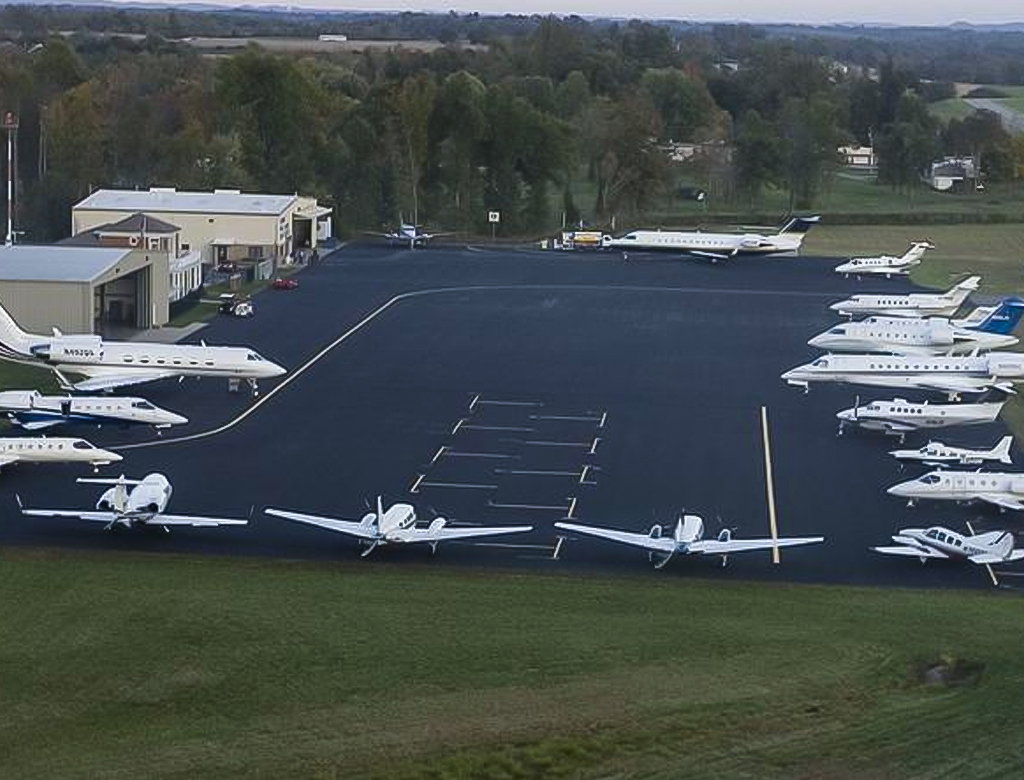
Stuart Powell Field (KDVK)
Operations/Communication Elevation: 1022 ft Control Tower: None CTAF/UNICOM: 122.8 AWOS: 128.325 Runway Information – Runway 12/30 Dimensions: 5000 x 75 ft Surface: Asphalt Runway Heading(s): 125 Magnetic, 122 True; 305 Magnetic, 302 True Obstructions: 42 ft trees Runway Information – Runway 1/19 Dimensions: 1971 x 75 ft Surface: Asphalt Runway Heading(s): 011 Magnetic, 008 True; 191 Magnetic, 188 True Obstructions: Hangar buildings
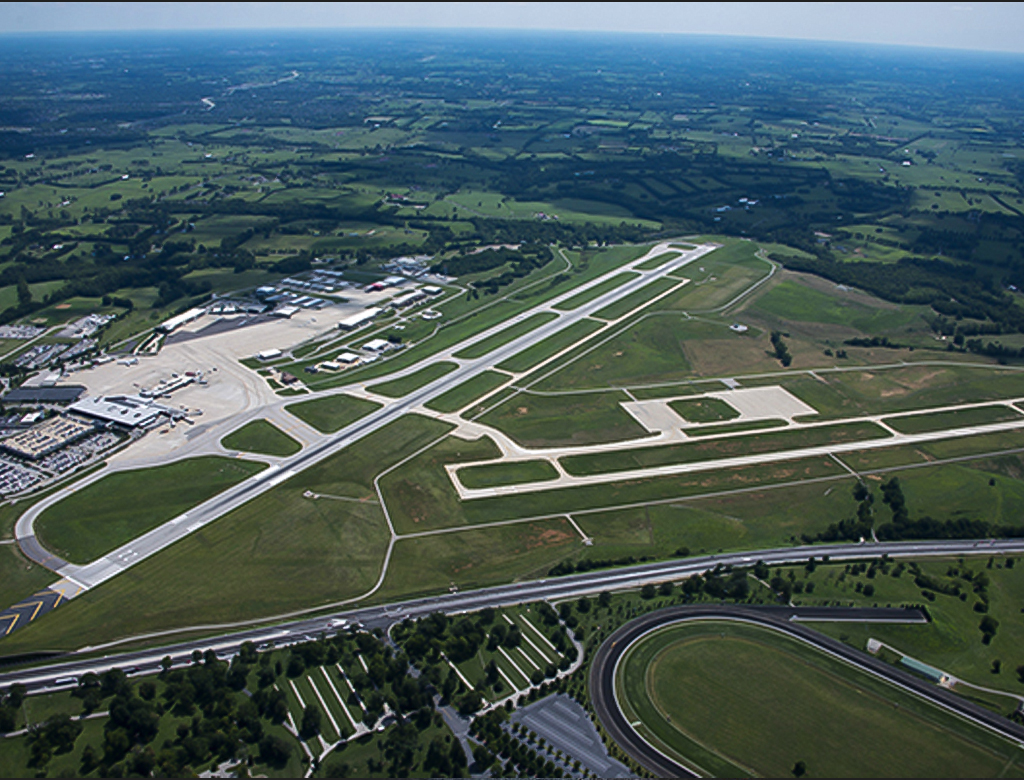
Blue Grass Airport (KLEX)
Operations/Communication Elevation: 979.3 ft Control Tower: Yes UNICOM: 122.95 ATIS: 126.3 GROUND: 121.9 TOWER: 119.1, 257.8 AWOS: 119.975 Runway Information – Runway 4/22 Dimensions: 7004 x 150 ft Surface: Asphalt Runway Heading(s): 046 Magnetic, 042 True; 226 Magnetic, 222 True Obstructions: 36-54 ft trees Runway Information – Runway 9/27 Dimensions: 4000 x 75 ft Surface: Asphalt Runway Heading(s): 087 Magnetic, 083 True; 267 Magnetic, 263 True
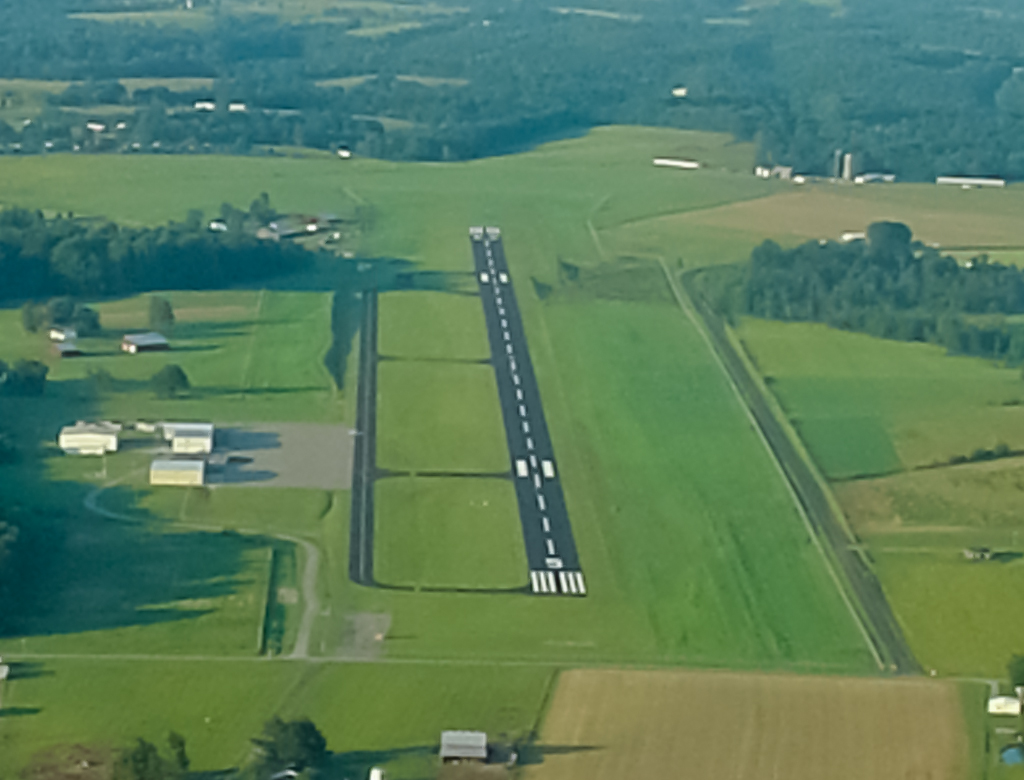
Taylor Co. Airport (AAS)
Operations/Communication Elevation: 920.5 ft Control Tower: None CTAF/UNICOM: 122.7 WX AWOS-3: 121.125 (270-789-1985) WX AWOS-3P at 6I2: 119.725 (549-336-0340) Runway Information – Runway 5/23 Dimensions: 5003 x 75 ft Surface: Asphalt Runway Heading(s): 055 Magnetic, 050 True; 235 Magnetic, 230 True Obstructions: 61 ft trees; 111 ft trees
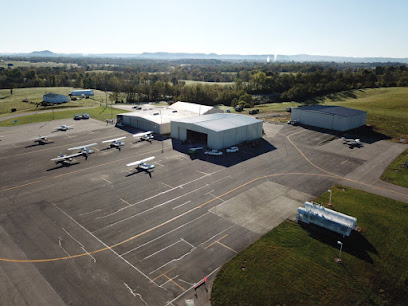
Central Kentucky Regional Airport {KRGA}
Operations/Communication Elevation: 1002.5 ft. / 305.6 m (surveyed) Variation: 05W (2010) From city: 8 miles SW of RICHMOND, KY CTAF/UNICOM: 122.725 WX AWOS-3: 119.625 (859-985-5969) LEXINGTON APPROACH: 120.15 LEXINGTON DEPARTURE: 120.15 WX AWOS-3P at 6I2: 119.725 (549-336-0340) Runway Information – Runway 18/36 Dimensions: 5001 x 100 ft. / 1524 x 30 m Surface: asphalt, in fair condition

Georgetown-Scott County Regional Airport {K27K}
Operations/Communication Elevation: 947.7 ft. / 288.9 m (surveyed) Variation: 03W (1990) From city: 6 miles E of GEORGETOWN, KY CTAF/UNICOM: 123.0 WX AWOS-3: 119.975 (502-867-1564) LEXINGTON APPROACH: 120.15 ;040-220 120.75 ;221-039 LEXINGTON DEPARTURE: 120.15 ;040-220 120.75 ;221-039 CLEARANCE DELIVERY: 127.425 WX ASOS at LEX (14 nm SW): PHONE 859-281-5700 Runway Information – Runway 3/21 Dimensions: 5498 x 100 ft. / 1676 x 30 m Surface: asphalt, in good condition Surface: asphalt, in fair condition